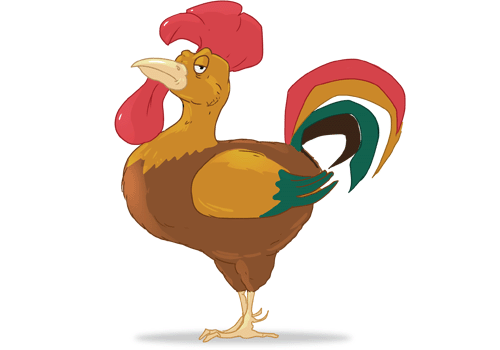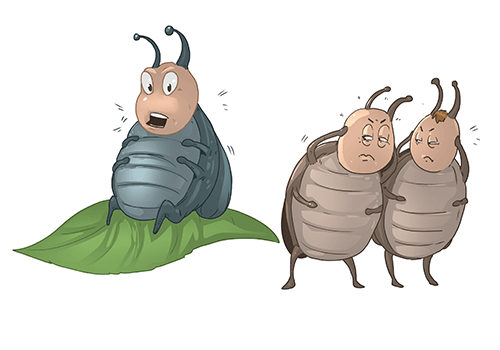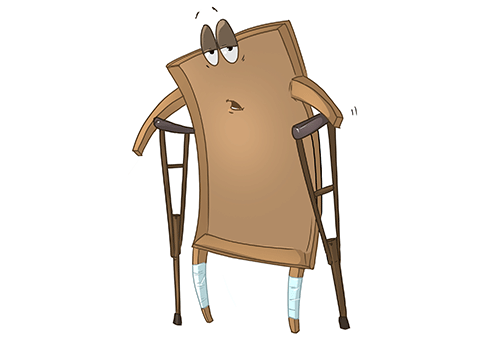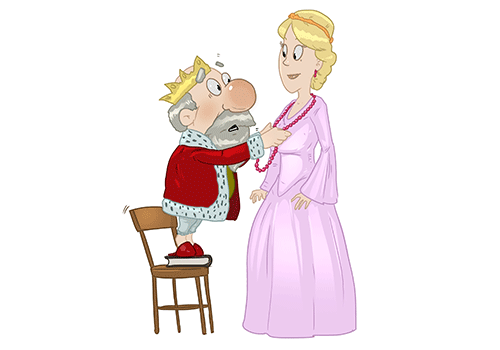Polish
Język polski
Język polski
40 million
Republic of Poland, EU
Czech Republic, Slovakia, Romania, Ukraine
Great Britain, Germany, Ireland, France, Austria (in Europe); the US, Canada, Australia, Brazil, Argentina, New Zealand (outside Europe)


The oldest known example of written Polish is a single sentence attributed to a Czech speaking to his Polish wife recorded by a German monk in an otherwise all Latin text, the history of a Cistercian abbey in the Lower Silesian region.
It appears in the records describing the year 1270 and is recorded as Day ut ia pobrusa, a ti poziwai. In modern orthography this is given as Daj ać ja pobruszę, a ty poczywaj and means 'Let me do the grinding (of the flour), and you rest'. In modern Polish this would be Daj, niech ja pomielę, a ty odpoczywaj.
Polish has a very rich system of prefixes and suffixes, and the latter often cause changes to both consonants and vowels. Some examples of this include świat (world) and na świecie (in the world), zapraszamy (we invite [someone]) and zaprosimy (we will invite [someone]) or droga (road) and po drodze (on the way).
The number of genders in Polish has been and continues to be a matter of debate. Here the approach will be taken that there are three or four genders in the singular and two in the plural. The reasons for this are that the traditional masculine gender seems to be breaking up into two separate genders while gender in the plural, as determined by adjective and verb agreement, is only partly determined by the gender in the singular:
Case forms depend on the gender of the noun and the sound at the end of the noun. A basic distinction in Polish grammar is the division between hard and soft sounds. Soft means that the sound is pronounced with a 'y' sound while hard means it is absent.
| Gender | Typical ending |
|---|---|
| Male (animate, inanimate) → | Hard or soft consonant, -a |
| Female → | -a, consonant (mostly soft), -ni |
| Neuter → | -o, -ie, -ę, -um |
Officially, the alphabet is made up of the following 32 letters:
There are four diacritics: tail (ogonek, ą, ę), acute accent (kreska, ć, ń, ó, ś, ź), bar (kreska ukośna, ł) and dot (kropka, ż).
Of particular interest in the Polish sound system is the contrast between two groups of sounds that seem to be identical to non-Poles. For example, the letter combination sz and ś both sound similar to English 'sh'. The difference is that sz is a palatal retroflex (pronounced with the tip of the tongue pointed and further back) while ś is an alveo-palatal (pronounced with a flatter tongue and with the lips more spread).
Some minimal (or near minimal) pairs are:
Palatal retroflex
Alveo-palatal
It is extremely difficult for non-native speakers to hear the difference. In addition, cz [t͡ʂ] contrasts with trz [tʂ] where the two parts are separate as in czy (whether) and trzy (three). Together with ć there are then three 'ch' sounds that non-native speakers have trouble distinguishing.

Source: Wikimedia Commons
Kashubian (Kaszubski) is now usually treated as a separate language and Silesian sometimes is. In modern Poland dialect differences have been diminishing in degree and importance since at least the end of World War II. They may be described now more as accents of standard Polish with a few local words than really distinct local varieties.
Like some other Slavic languages Polish has a very rich store of diminutive forms which serve a variety of expressive purposes.
Sometimes they simply refer to small size as dywanik is a small dywan (rug). There are two degrees of diminutives so that księga refers to a large oversized book, książka to a regular sized book and książeczka to a smaller than normal book.
Often diminutives have special polite or expressive meanings. Ticket inspectors ask to see passengers' bileciki (little tickets) instead of bilety. A clerk in a butcher's shop might refer to wołowinka (little beef) to stress its freshness and tastiness. Sometimes diminutives are used to express politeness to the person addressed so that a host might offer kawusia (little coffee) instead of kawa not because the cup is small but to express positive emotions toward their guest.











